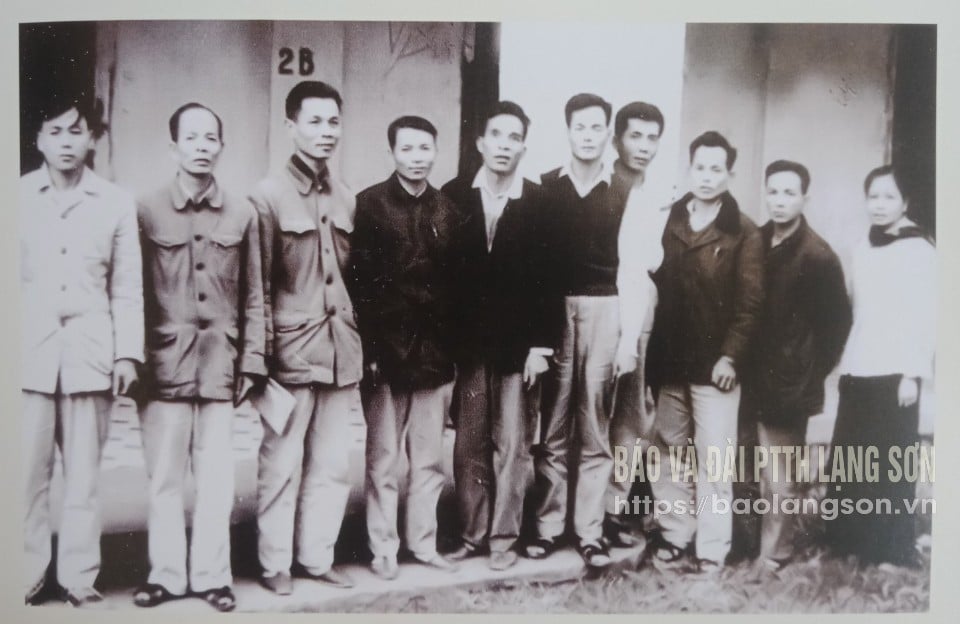
On February 7, 1965, the US officially launched a war of destruction in the North - using the air force and navy to bomb and attack the North in order to prevent support from the rear for the large front line, "crush" the determination to liberate the South and unify the country of our people. As the economic , cultural and social center of the whole country, where many industrial factories were concentrated, Hanoi became the focus of destruction, being fiercely bombed by US aircraft. Many agencies and schools were hastily evacuated from the capital.
The mountainous province of Lang Son became the place to welcome many units and schools to evacuate, including a part of Thang Long Tobacco Factory - "the first child" of the Vietnamese tobacco industry. Mr. Nguyen Trung Dung, Secretary of the Party Committee and Chairman of the current Bac Son Tobacco Company said: "When the US planes bombed Hanoi , in order to preserve the workforce and machinery and technical means to ensure continuous production in wartime, Thang Long Tobacco Factory was approved by the Ministry of Light Industry to implement the evacuation plan from Hanoi. A part of the factory was moved to Lang Son to build a complete production area called T2. In April 1966, after a process of research and survey to choose a suitable location, the T2 department received help from the Military Cultural School in Lang Son town, which lent it its headquarters to build a production facility."
This is a very convenient location on the southern bank of Ky Cung River, near Lang Son Station, often called "the provincial side" - where the offices of Lang Son province are located. The location of the factory at that time was right in Doan Thanh (Lang Son ancient citadel), now the Military Command of Lang Son province. This area is very large, used to be the administrative center of Lang Son under the feudal period, where the French stationed troops when occupying Lang Son. Since 1958, the Military Cultural School has moved from Kien An (Hai Phong) to set up headquarters here to teach supplementary education, improving the cultural level of officers and soldiers. Entering 1965, when American planes bombed and destroyed the North, due to the new requirements of the country, the school moved to My Yen commune (Dai Tu district, Thai Nguyen province) to train military cadets to build a solid reserve force for the army later. The school was renamed Nguyen Van Troi Military Cultural School or Nguyen Van Troi Military Cadet School. In 1970, the school returned to its old location in Lang Son and was renamed Military Cultural School, continuing to train and foster cultural knowledge for the army. It was not until 1990 that the school ceased operations while still under the name of the Ministry of National Defense Cultural School.
Because the school was empty at that time, the T2 department asked to borrow that building to use as a workshop. The first task was to repair and renovate existing houses into production and warehouse areas, and at the same time design technology and install machinery to quickly put into production. In order for cadres and workers to stabilize their lives and focus on their work, the T2 leadership built 28 rows of collective houses in Na Me (now in Quang Tien 1 village, Quang Lac commune, Lang Son city). This location is about 4 km from the factory, near the Ky Cung river, very convenient for living. In wartime conditions, the movement of machinery, equipment and people was carried out very quickly and urgently by train on the Hanoi - Lang Son railway line. After four months of urgently preparing technical facilities, supplies, raw materials and human resources, the factory began production in August 1966. At this time, the T2 department only had about 300 workers, divided into 4 closed production workshops from knife sharpening, slicing, drying to rolling, drying, and packaging. The electromechanical workshop included generators, lathes, saws, drills, welders, etc. In the wartime conditions of shortage, difficulty, and hardship, the workshops still enthusiastically competed in production with the spirit of "All for the frontline, all to build socialism!", "Each person works as two, for the beloved South!". From the land of Lang Son, the headland of the Fatherland, cigarette products with the brands Bac Son, Tam Thanh, Nhi Thanh, Song Huong, Drao, etc. were born one after another to meet the needs of the Northern market and supply the Southern battlefield.
Not only completing production tasks, T2 cadres and workers were always ready to fight, actively supporting Lang Son troops in responding to the destructive war of the US imperialists. From the end of 1966, US aircraft expanded their bombing areas from the southern districts to other places in Lang Son province such as Dong Dang station (Cao Loc district); Na Duong mine area, Nam Quan commune, Luc Thon (Loc Binh district) and Bac Son district, Lang Son town... in order to cut off the support of the North for the southern battlefield. In that situation, T2 proactively built a self-defense force, consolidated trenches, and built wartime working regulations for all cadres and workers to strictly implement. At the same time, they arranged and deployed combat duty, built plans to fight against enemy bombing by aircraft, against enemy landings and raids, and plans to evacuate forces when necessary. In 1966, Ky Cung bridge and Lang Son town were destroyed by American bombs. Factory officials and workers bravely joined Lang Son soldiers and civilians to cross the fire and bullets to save people and the property of the State and the people, leaving good impressions on the local evacuation area.
By the end of 1967, T2 was operating stably, and Thang Long Tobacco Factory had equipped it with some new technological equipment such as: R6A slicing machine, C7 cigarette rolling machine, B13 wrapping machine... to improve product quality and production efficiency, constantly meeting market demand and people's tastes. At the same time, some conditions were prepared to launch a new factory. The production force at that time was about 540 people and continued to recruit additional workers in Lang Son, Ha Bac (including Bac Ninh, Bac Giang). Functional departments were divided into departments and offices. Mass organizations: Party cell, Trade Union, Youth Union were organized in a disciplined and orderly manner. When the conditions were ripe, on February 15, 1968, the Ministry of Light Industry issued Decision No. 113/CNn/TCCP on the establishment of Bac Son Tobacco Factory. From here, T2 is honored and proud to bear the name of a famous historical place right at the evacuation site. Bac Son - one of the two revolutionary bases of the whole country before the August Revolution in 1945, where the heroic armed uprising broke out that went down in the history of Lang Son province and the country on September 27, 1940. Bac Son is also the place with the famous tobacco growing profession of Lang Son province.
During the years of the resistance war against the US, in the spirit of emulation with the people of the whole country and the people of Lang Son, the cadres and workers of Bac Son Tobacco Factory worked hard to produce, actively responded to the emulation movements "Hammer in hand, gun in hand", "Three high-point youth" (high productivity, good quality, high savings), "three improvements" (technical improvements, improvements in means of transport, improvements in labor and production organization)... In that emulation movement, many examples of selfless labor for the beloved South appeared. In 1968, the factory completed the production plan of 39 million packs of cigarettes 5 days ahead of schedule. On December 27, 1969, the Ministry of Light Industry approved the Bac Son Tobacco Factory to move to Ha Bac province. By January 1971, the factory was officially completed to move to Dap Cau ward, Bac Ninh city - the current location of the Company. Since 2005, the factory has been transformed into Bac Son Tobacco One Member Co., Ltd.
Mr. Nguyen Trung Dung, Chairman of the Company said: “The evacuation period in Lang Son was an important starting point for Bac Son Tobacco Company. Those were the first pages in the history of the company's formation and development. During those difficult and fierce war years, Bac Son Tobacco Factory always received the attention and support of the Party Committee, the government, and the people of all ethnic groups in Lang Son province. That was also a great source of encouragement for the factory's staff and workers to strive to complete the production plan, contributing to the cause of building socialism and the resistance war against the US to save the country, liberating the South, which is extremely glorious for the nation".
For Lang Son, the period of operation of the Bac Son tobacco factory in the Citadel is a valuable document that contributes to enriching the historical content of the Doan Thanh national relic. That accurate information from the company has partly recreated the years of the war against the US, which were difficult but very heroic in the land of Lang Son. During those unforgettable days, at the construction site, factory, field, school, office… everyone was enthusiastic about studying, working and producing and looking towards the beloved South with steadfast love and belief in victory!
Source: https://baolangson.vn/nha-may-thuoc-la-bac-son-nhung-nam-so-tan-o-lang-son-5044544.html




![[Photo] Prime Minister Pham Minh Chinh attends the event "Digital transformation of the banking industry by 2025"](https://vphoto.vietnam.vn/thumb/1200x675/vietnam/resource/IMAGE/2025/5/29/0e34cc7261d74e26b7f87cadff763eae)


![[Photo] Prime Minister Pham Minh Chinh receives leaders of Excelerate Energy Group](https://vphoto.vietnam.vn/thumb/1200x675/vietnam/resource/IMAGE/2025/5/29/c1fbe073230443d0a5aae0bc264d07fe)


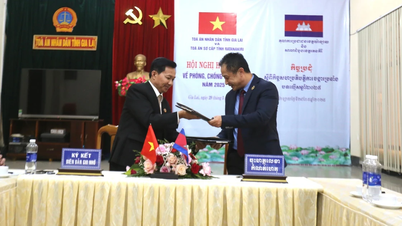


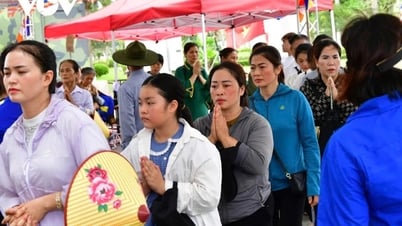

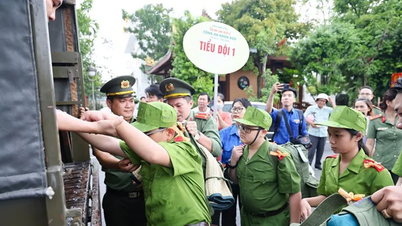
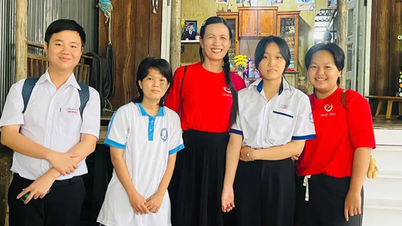




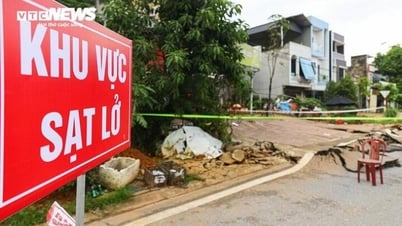



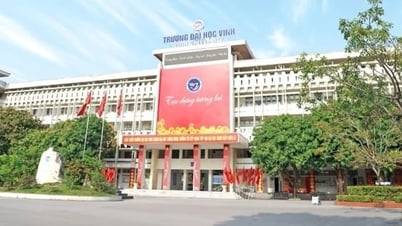

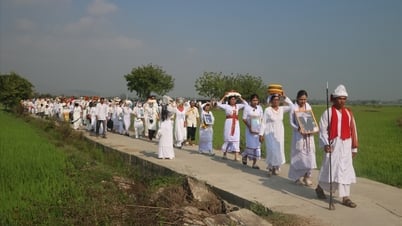











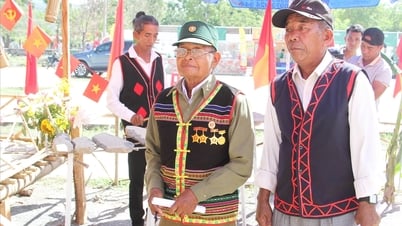















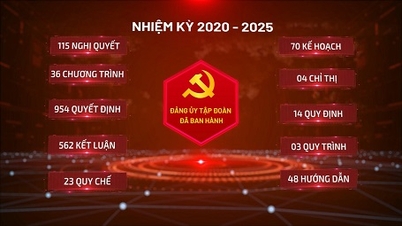


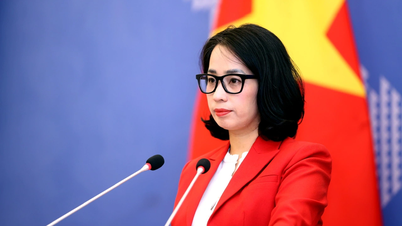


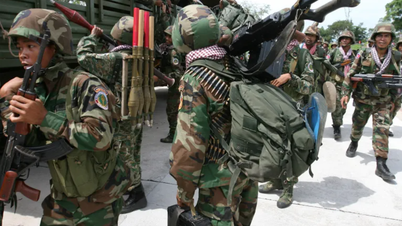






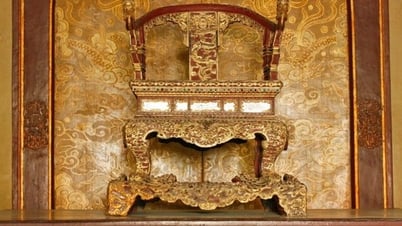
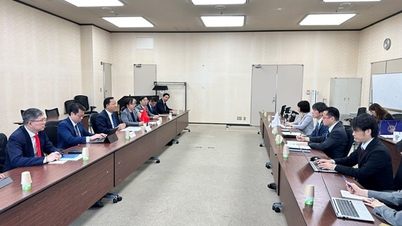




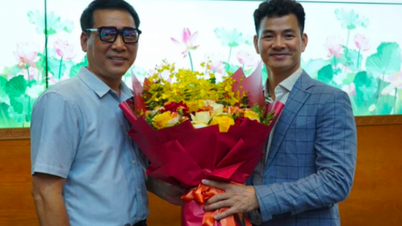

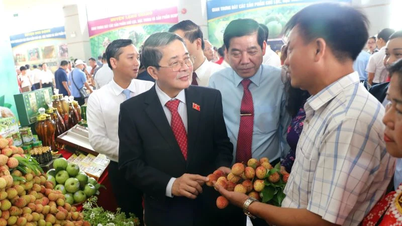

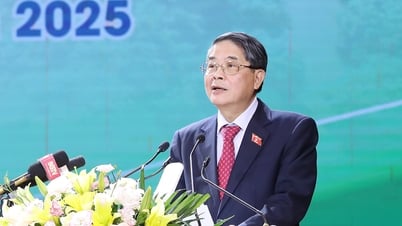







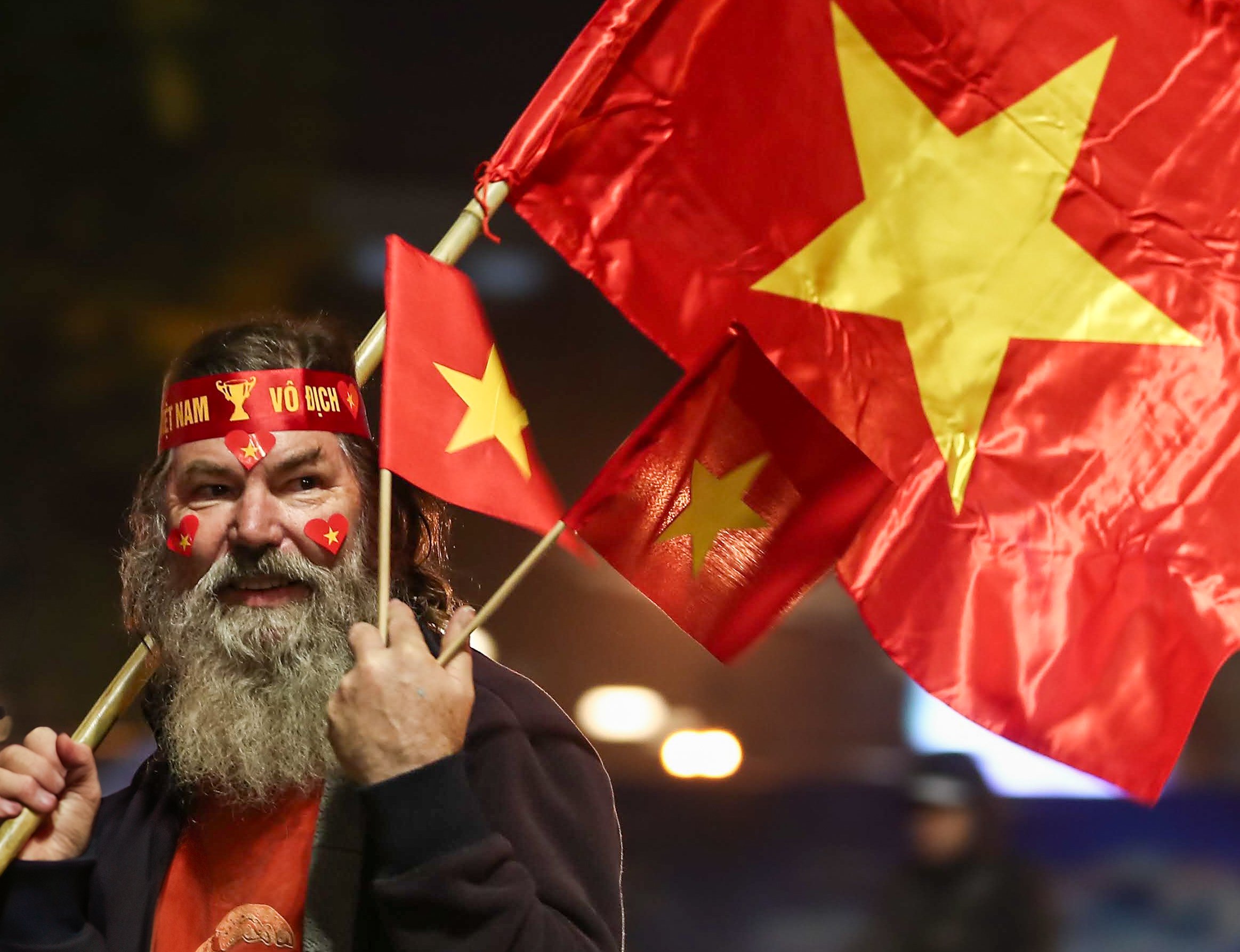
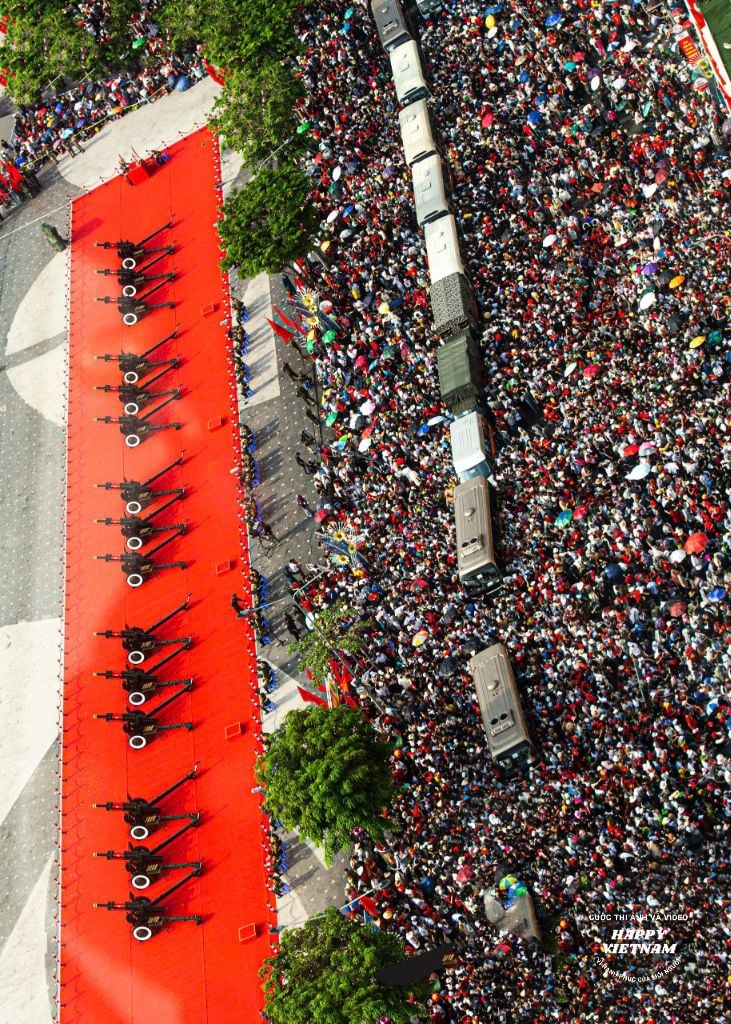
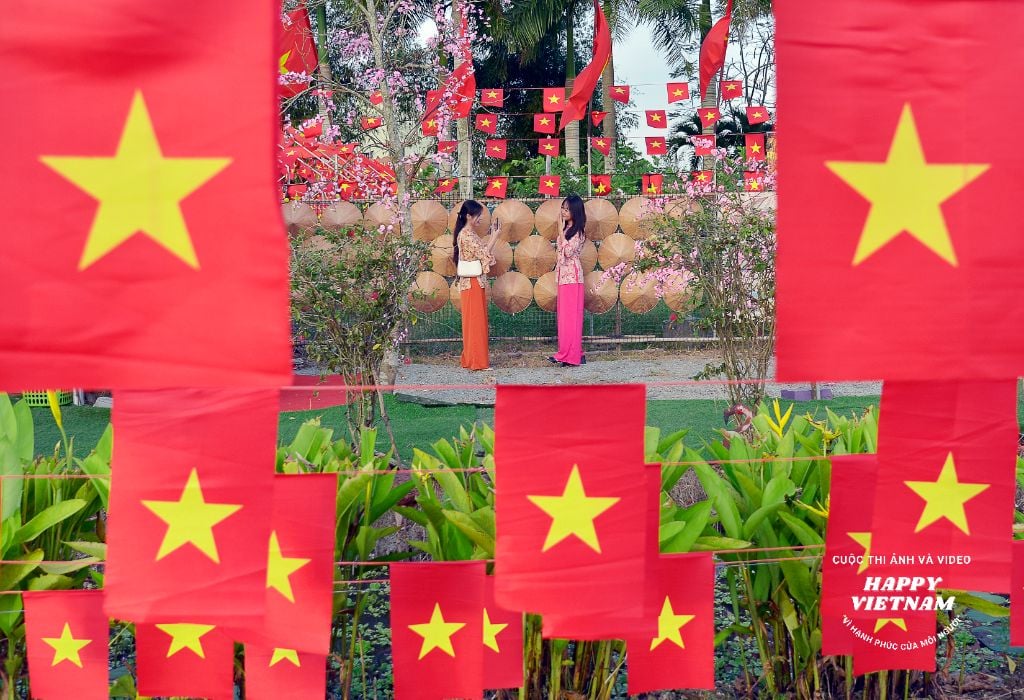
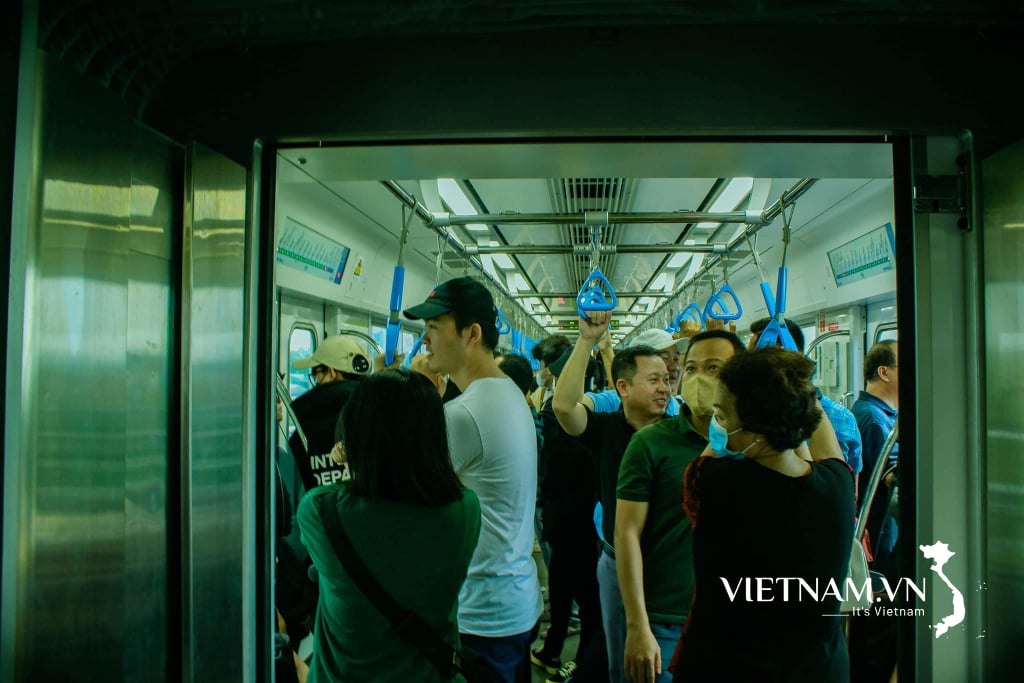
Comment (0)